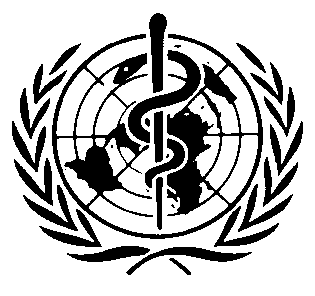International Chemical Safety Cards
| COBALT SULFIDE | ICSC: 1529 |




Cobalt(II) sulfide CoS Molecular mass: 91.0 CAS # 1317-42-6 RTECS # GG3325000 EC # 027-003-00-X April 22, 2004 Peer reviewed |
| TYPES OF HAZARD/ EXPOSURE | ACUTE HAZARDS/ SYMPTOMS | PREVENTION |
FIRST AID/ FIRE FIGHTING |
| FIRE |
Not combustible.
Gives off irritating or toxic fumes (or gases) in a fire.
|
|
In case of fire in the surroundings:
use appropriate extinguishing agent
.
|
| EXPLOSION |
|
|
|
| EXPOSURE |
|
PREVENT DISPERSION OF DUST!
STRICT HYGIENE!
|
|
| •INHALATION |
Cough.
Sore throat.
Shortness of breath.
Wheezing.
|
Local exhaust or breathing protection.
|
Fresh air, rest.
Refer for medical attention.
|
| •SKIN |
Redness.
|
Protective gloves.
Protective clothing.
|
Remove contaminated clothes.
Rinse skin with plenty of water or shower.
|
| •EYES |
Redness.
Pain.
|
Safety goggles,
or eye protection in combination with breathing protection.
|
First rinse with plenty of water for several minutes (remove contact lenses if easily possible), then take to a doctor.
|
| •INGESTION |
Abdominal pain.
Nausea.
Vomiting.
|
Do not eat, drink, or smoke during work.
|
Rinse mouth.
Refer for medical attention.
|
| SPILLAGE DISPOSAL | STORAGE | PACKAGING & LABELLING | ||
|
Sweep spilled substance into covered containers; if appropriate, moisten first to prevent dusting.
Personal protection: P3 filter respirator for toxic particles.
|
Separated from
strong oxidants.
|
Xi symbol N symbol R: 43-50/53 S: 2-24-37-60-61 |
||
| SEE IMPORTANT INFORMATION ON BACK | ||||
|
||||